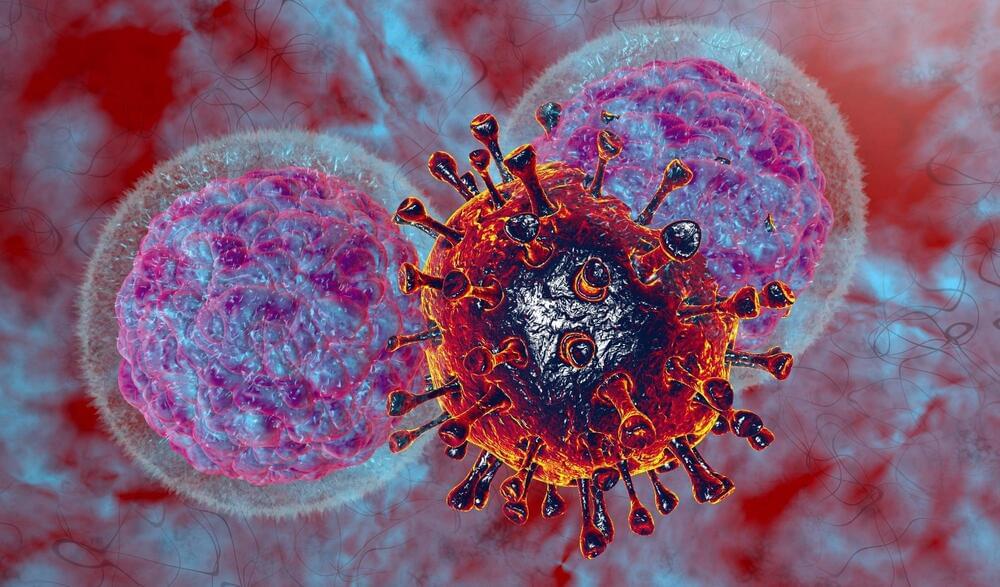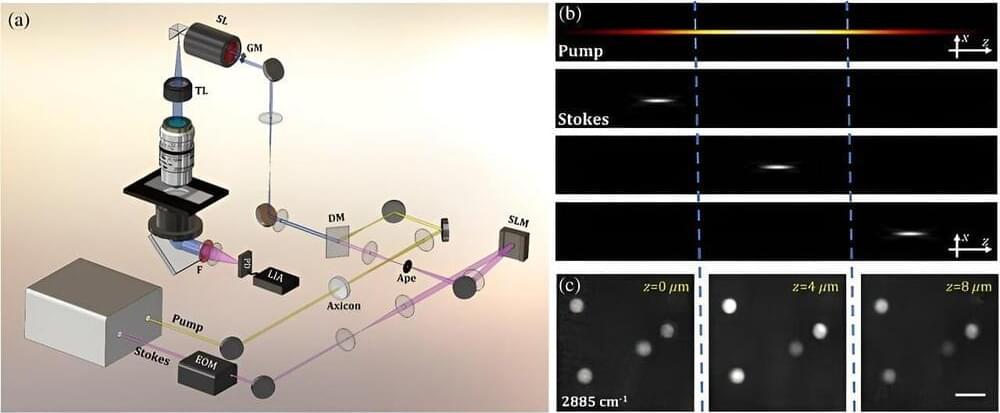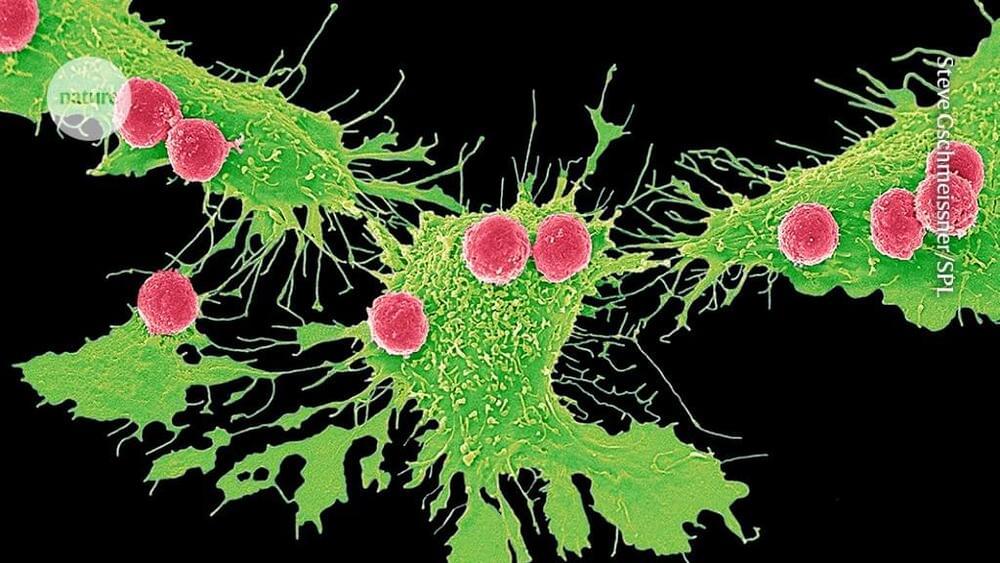Neuralink’s first human patient able to use mouse…:
Elon Musk is the visionary behind Neuralink. He announced that the first human recipient of the company’s brain chip implant has fully recovered. The individual has demonstrated the ability to use a computer mouse solely through thoughts. Watch this video for all details.
#Neuralink #ElonMusk #WION
About Channel:
WION The World is One News examines global issues with in-depth analysis. We provide much more than the news of the day. Our aim is to empower people to explore their world. With our Global headquarters in New Delhi, we bring you news on the hour, by the hour. We deliver information that is not biased. We are journalists who are neutral to the core and non-partisan when it comes to world politics. People are tired of biased reportage and we stand for a globalized united world. So for us, the World is truly One.







